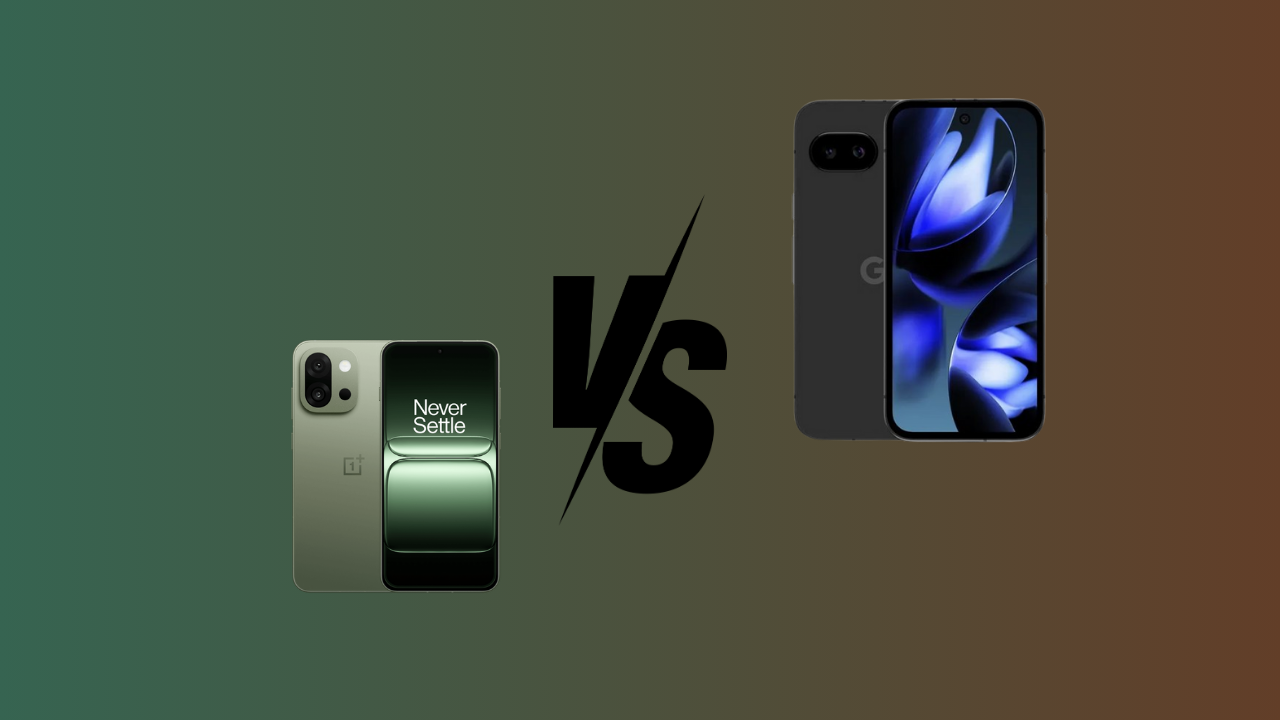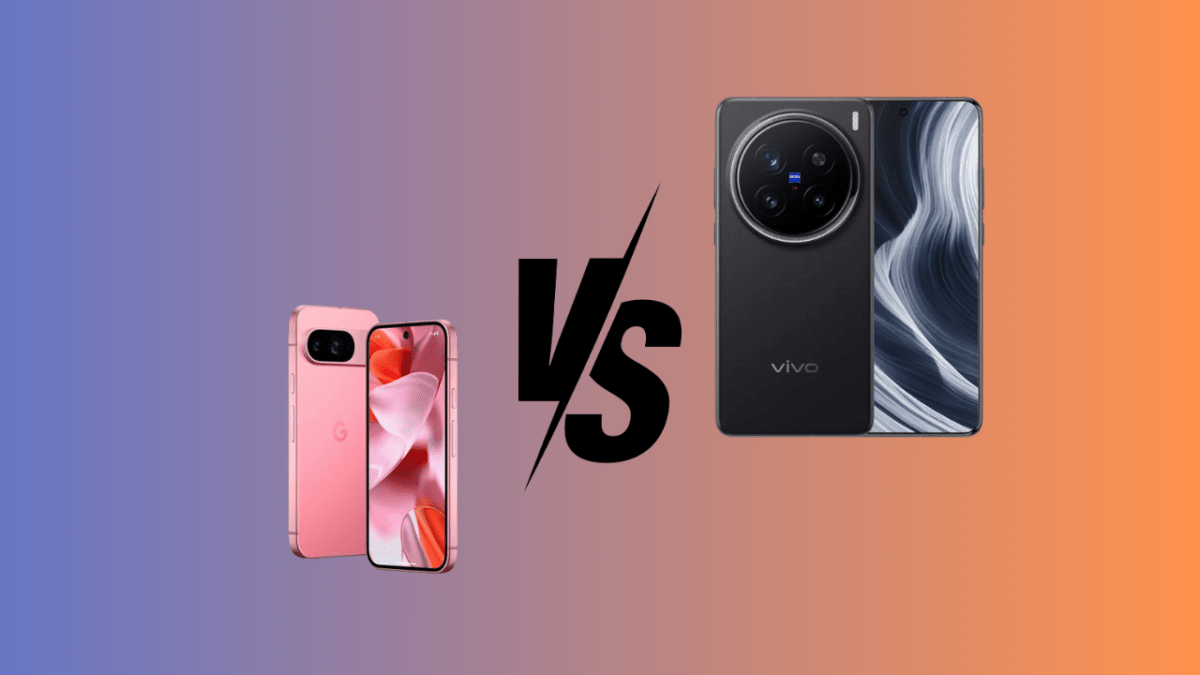Key Specifications at a Glance
| Feature | OnePlus 13s | Google Pixel 9a |
|---|---|---|
| Display | 6.32″ 1.5K LTPO AMOLED, 120Hz | 6.3″ OLED, 120Hz, 2700 nits |
| Processor | Snapdragon 8 Gen 3 (Elite) | Google Tensor G4 |
| RAM/Storage | 12GB + 256GB | 12GB + 256GB |
| Rear Camera | 50MP + 50MP (2x telephoto) | 48MP + 13MP (ultra-wide) |
| Battery | 5,880mAh, 80W charging | 5,100mAh, no charger in box |
| Software | OxygenOS (Android 15) | Stock Android 15 |
| Updates | 4 years OS, 6 years security | 7 years OS, 5 years security |
| Price | ₹49,999 | ₹49,999 |
The battle for the best compact phone under ₹50,000 is heating up, with the OnePlus 13s and Google Pixel 9a emerging as top contenders. While the OnePlus 13s focuses on performance and a premium build, the Pixel 9a shines with its camera prowess and clean software experience. But which one is right for you? Let’s break it down in detail.
Design & Build Quality
The OnePlus 13s impresses with its metal frame and textured Gorilla Glass 7i back, giving it a sleek, high-end feel. The raised borders add a touch of iPhone-like elegance, though the IP65 rating for dust and water resistance feels a bit lacking at this price. On the other hand, the Google Pixel 9a opts for a more practical approach with an aluminum frame and plastic back, keeping costs down while maintaining durability. It retains the signature Pixel camera bar, but the thick bezels make it look slightly dated compared to modern bezel-less designs.
Verdict: If you prefer a more premium build, the OnePlus 13s takes the lead, but the Pixel 9a is no slouch in durability.
Display Comparison
The OnePlus 13s boasts a 6.32-inch 1.5K LTPO AMOLED display with a 1Hz-120Hz adaptive refresh rate, ensuring smooth scrolling and power efficiency. With 1600 nits peak brightness and support for HDR10+ and Dolby Vision, it delivers vibrant colors and deep blacks. However, the Gorilla Glass 7i protection is a slight letdown for a phone in this segment.
Meanwhile, the Pixel 9a steps up with a 6.3-inch OLED panel that finally brings a 120Hz refresh rate to Google’s budget lineup. The 2700 nits peak brightness makes it one of the brightest displays in its class, ideal for outdoor use. The downside? Gorilla Glass 3 protection, which feels outdated in 2025.
Verdict: The OnePlus 13s wins with its adaptive LTPO display, but the Pixel 9a offers better brightness.
Performance & Hardware
Under the hood, the OnePlus 13s packs the Snapdragon 8 Gen 3 (Elite Edition), delivering flagship-level performance with an AnTuTu score of around 2 million. It handles demanding games like BGMI at 90fps smoothly, thanks to its 4,400mm² vapor cooling system.
The Pixel 9a, powered by the Google Tensor G4, is no slouch but leans more towards efficiency than raw power. With an AnTuTu score of ~1.05 million, it’s great for daily tasks but struggles with intensive gaming. That said, it runs cooler than previous Pixel models, a welcome improvement.
Verdict: If gaming and multitasking are priorities, the OnePlus 13s is the clear winner.
Software & Updates
The OnePlus 13s runs OxygenOS based on Android 15, offering a clean yet customizable experience. OnePlus promises 4 years of OS updates and 6 years of security patches, ensuring long-term usability.
The Pixel 9a, however, excels with stock Android 15, free from bloatware and packed with AI-powered features like Call Translate and Magic Editor. Google’s 7-year update promise makes it one of the most future-proof phones in this range.
Verdict: The Pixel 9a wins for software purity and long-term support.
Camera Showdown
The OnePlus 13s features a dual-camera setup (50MP main + 50MP telephoto), but its image processing falls short compared to the Pixel. While daytime shots are decent, low-light performance is average, and it lacks the computational photography finesse of Google’s offering.
The Pixel 9a, with its 48MP main + 13MP ultra-wide setup, delivers stunning photos with natural colors, excellent dynamic range, and industry-leading night mode. Features like Pixel Shift and Best Take further enhance its photography chops.
Verdict: The Pixel 9a is the undisputed camera king in this segment.

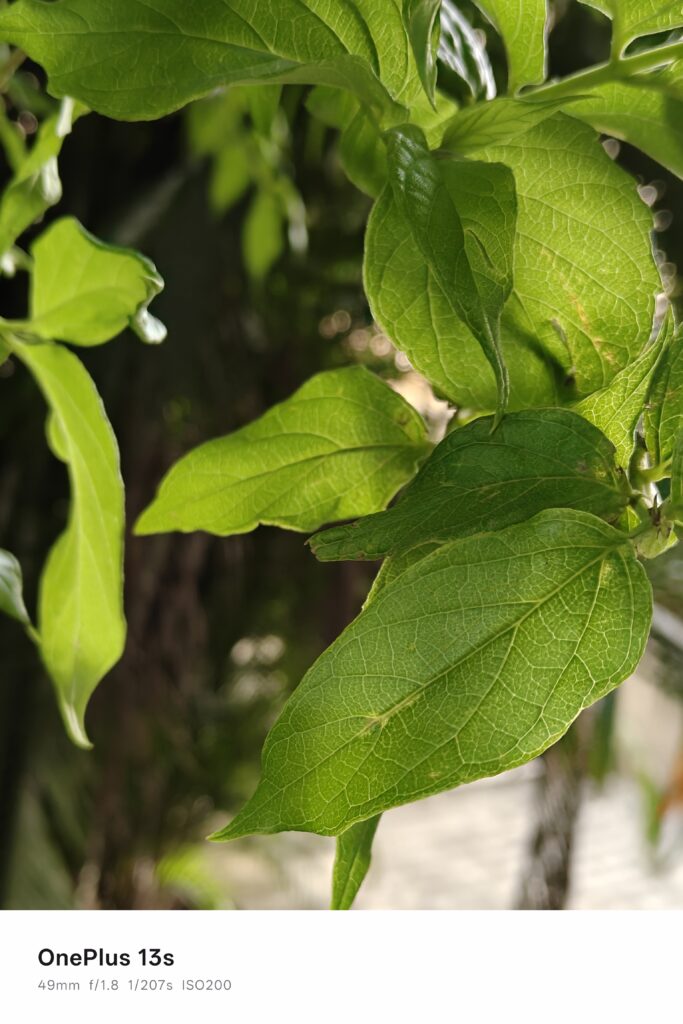
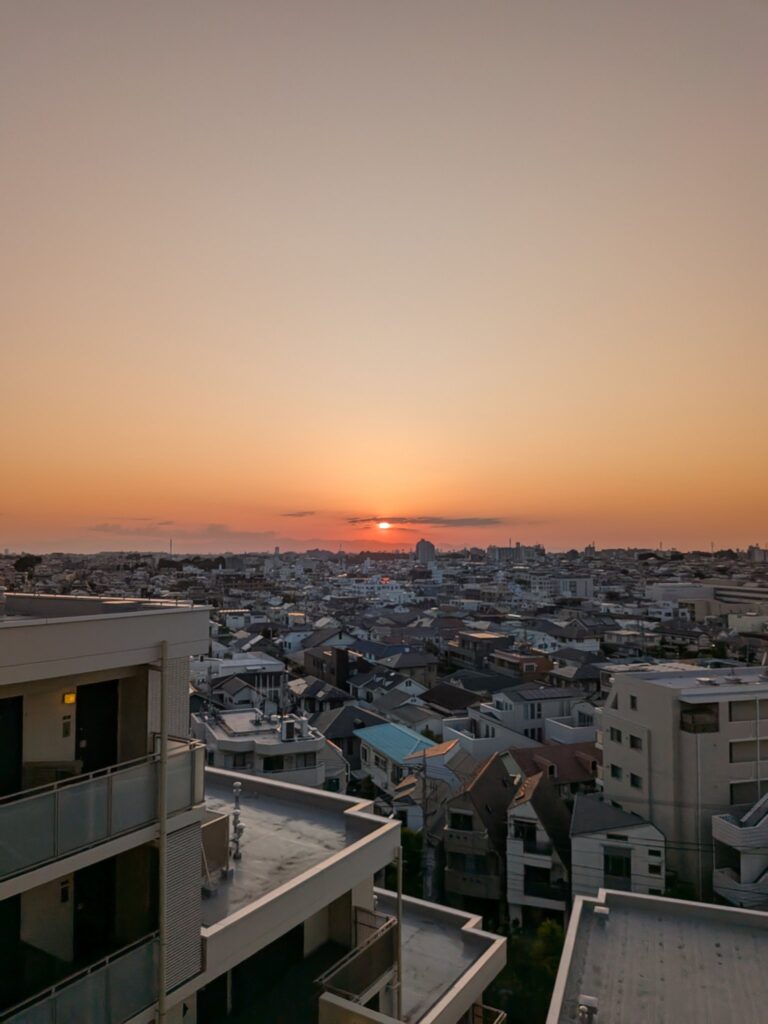
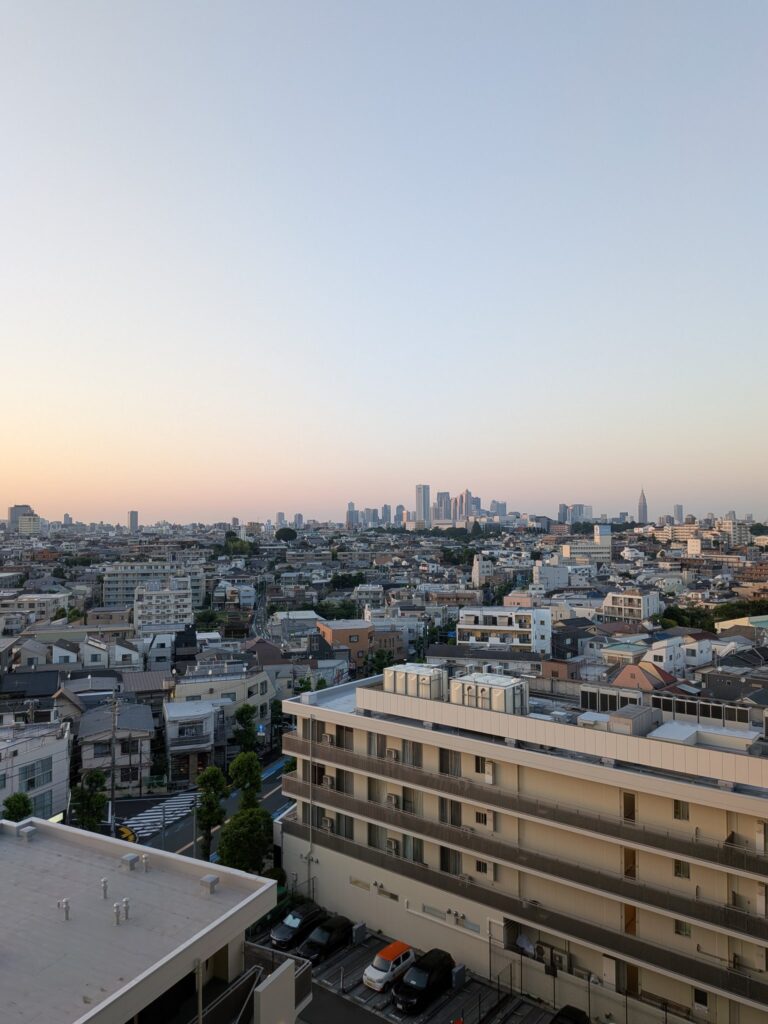
Battery & Charging
The OnePlus 13s houses a massive 5,880mAh battery, easily lasting a full day even with heavy use. The 80W fast charging refuels the phone in just 35 minutes, though the lack of wireless charging is disappointing.
The Pixel 9a comes with a 5,100mAh battery, offering solid endurance but falling short of the OnePlus. The biggest letdown? No charger in the box, forcing users to buy one separately.
Verdict: The OnePlus 13s wins with better battery life and faster charging.
Final Verdict: Which One Should You Buy?
Choose the OnePlus 13s if you want:
- Superior performance for gaming
- A smoother, more adaptive display
- Longer battery life with ultra-fast charging
Choose the Google Pixel 9a if you want:
- The best camera in this price range
- Clean, bloat-free Android with 7 years of updates
- AI-powered features like Call Translate and Magic Editor
Pricing & Availability
Both phones are priced at ₹49,999 for the 12GB + 256GB variant, making this a tough choice. If performance and display matter more, go for the OnePlus 13s. If camera and software are your priorities, the Pixel 9a is unbeatable.
Which one would you pick? Let us know in the comments!

